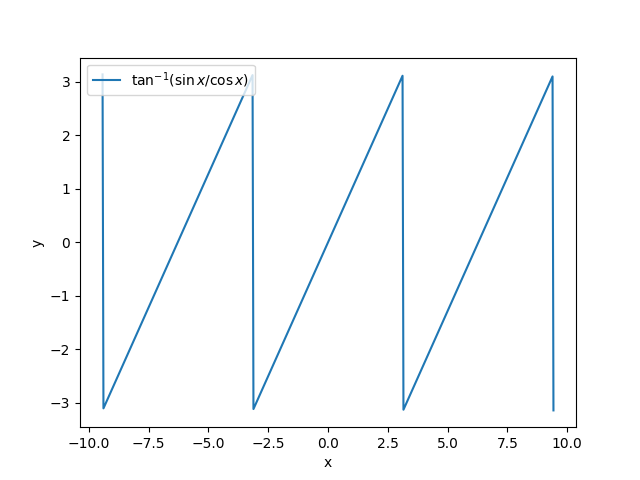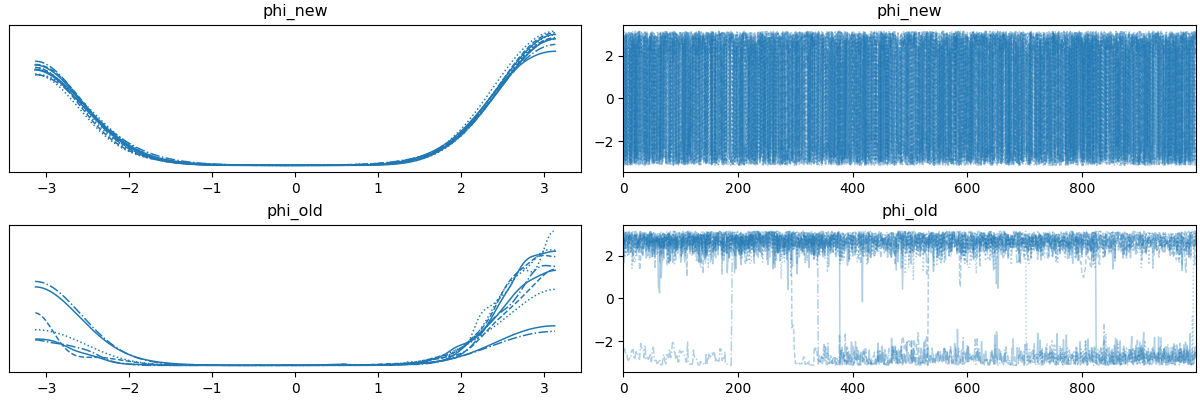Hi @alexlyttle your solution makes sense to me! I think we'll want to add that as a reparametrizer and register the new circular constraint and transform with transform_to() but not biject_to(), and I think we'll want to add a new improper distribution called say Sinusoidal or ImproperSinusoidal or something.
Note similar existing solution is to replace VonMises with ProjectedNormal distribution and reparametrize the model with ProjectedNormalReparam. That solution is similar in that it introduces a new auxiliary latent variable that is in many-to-one correspondence with the user-facing latent variable. If we follow that pattern also for circular then the CircularTransform would have .bijective = False, no defined .log_abs_det_jacobian(), but forward and backward that are pseudoinverses (like many other transforms). I think we could basically follow the ProjectedNormal software pattern everywhere (but with math replace by @alexlyttle's transforms).


While converting my current work to
numpyro, I noticed that theVonMisesdistribution doesn't sample well, especially when μ (orloc) is near ±π. I believe this is because thesupportfor theVonMisesdistribution is the interval constraint from -π to +π. This does not allow the sampler to step from -π to +π or +π to -π by going over the boundary. I show the problem and a solution in my Gist here with plots below.I would love to submit a PR with this fix if you agree that it improves/fixes the current
VonMisesdistribution?Solution
Click to expand
See [here](https://gist.github.com/alexlyttle/9510e10e0951fec356b9fc5bdd205f27) for code. My solution is to register a circular constraint as the `support` for the `VonMises` distribution by using a `CircularTransform` to allow the sampler to go over the boundary. The circular transform looks like this:  In the following plot, I show the trace for two variables sampled across 10 chains using the `numpyro` `NUTS` sampler: `phi_old` for the current VonMises distribution, and `phi_new` for my suggested fix. 